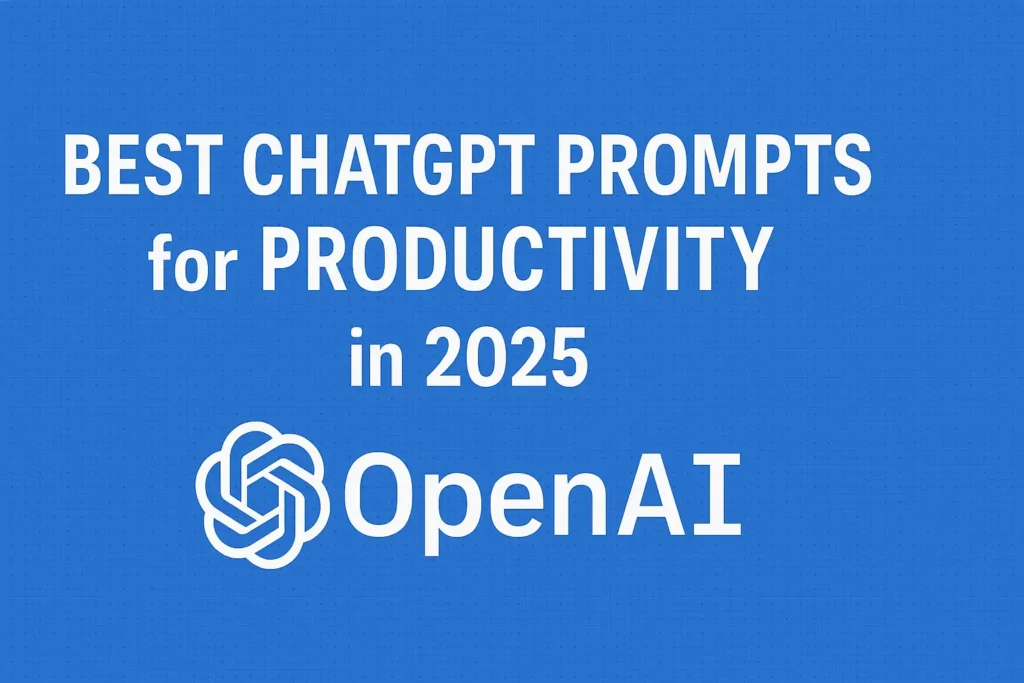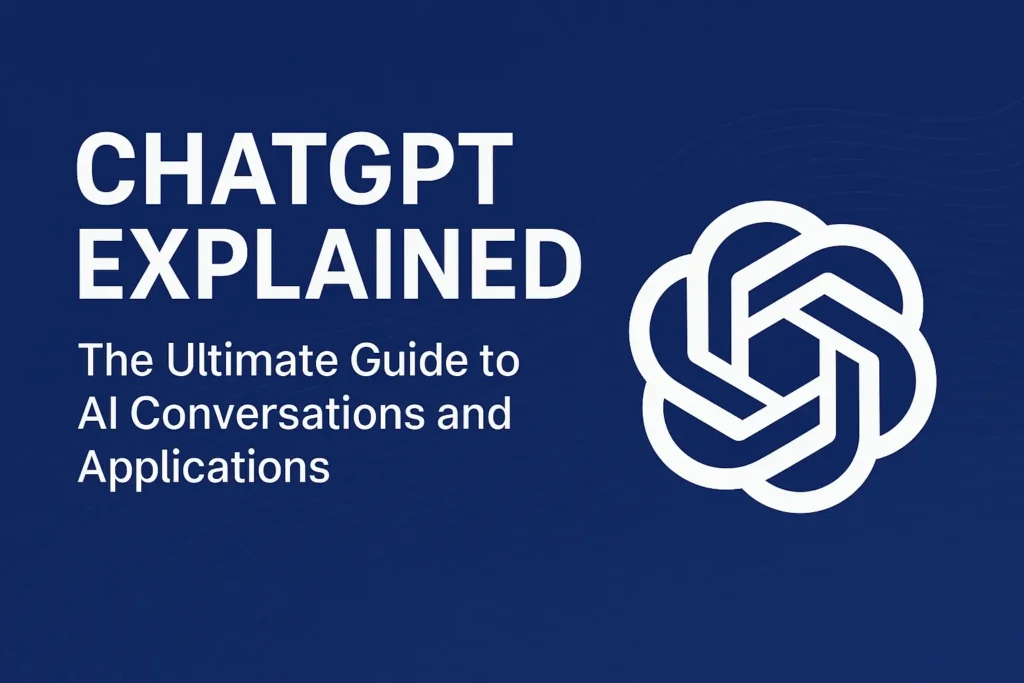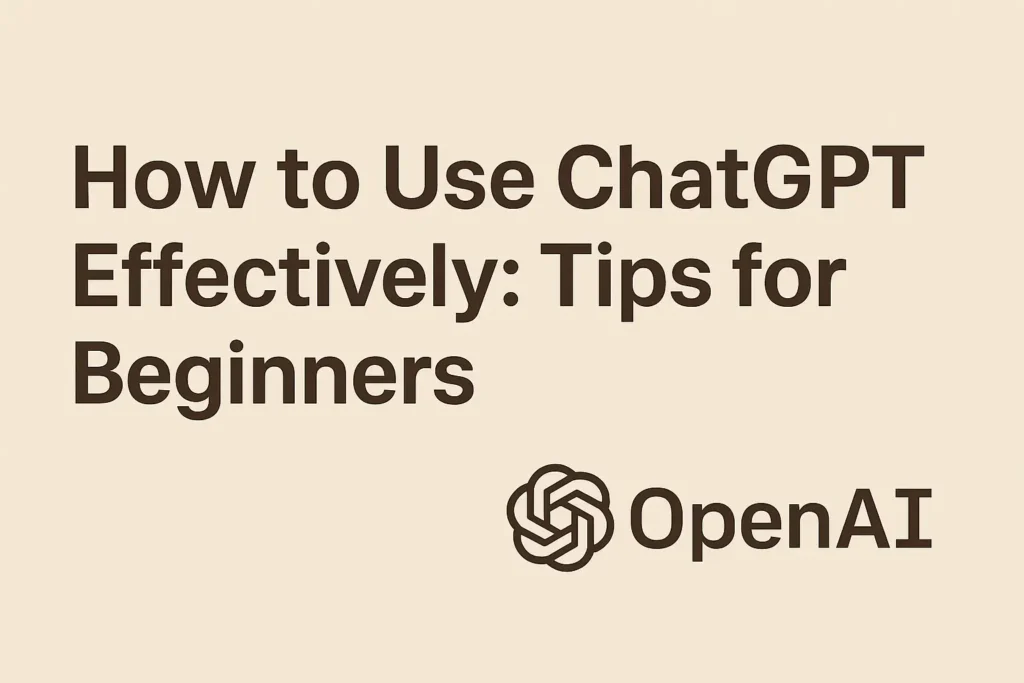Prompts are the single most important skill for getting reliable, useful results from ChatGPT. The best ChatGPT prompts are clear, specific, and structured. They give the model a role, the task, the audience, constraints, and the desired output format. Below is a practical, production-ready guide that shows short-form prompts you can use for quick work, and long-form prompts you can paste when precision matters. Use short prompts for brainstorming and iteration, and long prompts when you need publishable content or structured data.

Core principles for great prompts
- Be specific. Include context, audience, length, and tone.
- Assign a role. Saying “You are an expert” shapes style and authority.
- Use constraints. Word counts, bullet lists, or “output as JSON” produce predictable responses.
- Iterate. Start with a short prompt, then refine.
- Show examples. Few-shot examples teach the model the exact format you want.
- Protect privacy. Avoid pasting sensitive or proprietary material into public chats.
Anatomy of a reliable long-form prompt
Copy this skeleton when you need a precise deliverable:
Role + Task + Context + Constraints + Output format + Example
Example skeleton:
You are an experienced [role]. [Task description and context]. Keep the tone [tone], target audience [audience]. Provide [length] words, include [sections], and output as [format]. Example: [short example].
Productivity prompts
Short form, instant use:Summarize my top three priorities for today from this task list: [paste tasks].
Long form, production-ready:
You are a productivity coach. I will paste a task list. Identify the top three priorities for today, explain why each is a priority in 1–2 sentences, and suggest an ideal time block for each. Output as a numbered list with bullets for rationale.
Email and communication
Short form:Write a polite follow-up email to a client who missed our call, asking to reschedule.
Long form:
You are an account manager. Draft a polite follow-up email to a client who missed a scheduled call two days ago. Mention the original call time, offer three alternative time slots in their timezone, keep the tone professional and friendly, and include one sentence that reiterates the meeting objective. Limit to 160–200 words.
Content creation: blog posts and social
Short form:Write a 100-word intro on using AI to improve remote team productivity.
Long form:
You are a B2B content writer. Draft a 1,000-word blog post titled "Using AI to Improve Remote Team Productivity". Include an introduction, three evidence-based strategies, two real world examples, and a brief conclusion. Use H2 headings, one bulleted list, and suggest a 150-character meta description.
Brainstorming and ideation
Short form:Give me 10 email subject lines for a product launch targeted at small business owners.
Long form:
You are a senior marketer. Provide 20 creative email subject lines for a SaaS product launch targeting small business owners. Group them by tone: professional, curiosity-driven, and urgency-focused, five examples each. Add a one-sentence rationale for each subject line.
Research and summarization
Short form:Summarize this article in three bullets: [paste article].
Long form:
You are an executive researcher. Summarize the attached article in 150–200 words, highlight three key findings, and list two strategic implications. Output with headings: Summary, Key Findings, Strategic Implications, and include inline citations when referencing specific data.
Coding and technical prompts
Short form:Find the bug in this Python function: [paste code].
Long form:
You are a senior Python developer. Review the following function for bugs, performance issues, and security concerns. Provide a corrected version with comments, and explain the changes in 3–5 bullet points. Output only the corrected code block followed by the explanation.
Teaching and learning
Short form:Explain polymorphism in simple terms with a real world example.
Long form:
You are a university instructor. Create a 45-minute lesson plan on polymorphism for second-year CS students. Include learning objectives, a 15-minute lecture outline, two in-class exercises, and three homework questions with answers.
Structured outputs: JSON, CSV, tables
When you need data you can import or analyze, demand a format.
Example:
You are a data assistant. Extract title, author, publication_date, and three key points from the pasted article. Output as valid JSON with keys: title, author, date, key_points. Do not include extra text.
Few-shot examples for exact formatting
If you need a specific voice or layout, show two examples then ask the model to follow them. Few-shot examples dramatically increase consistency.
Example 1: [input -> output]
Example 2: [input -> output]
Now transform the following input in the same style: [new input]
Read: ChatGPT Explained: The Ultimate Guide to OpenAI’s Conversational AI
Quick cheat sheet
- Brainstorm:
List 12 product ideas for a remote work app. - Social post:
Write a 150-character LinkedIn post announcing a webinar on AI ethics. - Summary:
Summarize this 2,000-word report in five bullets. - Translate:
Translate this paragraph to Spanish, keep formal tone.
Final checklist before you send a prompt
- Did I assign a role and audience?
- Did I set tone, length, and format?
- Do I need structured output like JSON?
- Should I include example outputs?
- Is the task small enough, or should I chain prompts?
Closing advice
The best ChatGPT prompts turn vague ideas into usable work. Start with short prompts for speed, then switch to long-form prompts when you need quality and structure. Iterate rather than expecting perfection on the first try. Save proven long-form templates as reusable prompts for repeatable tasks. If you want, I can convert these templates into a one-page printable cheatsheet or produce a CSV you can import into a prompt manager. Which would you prefer?


